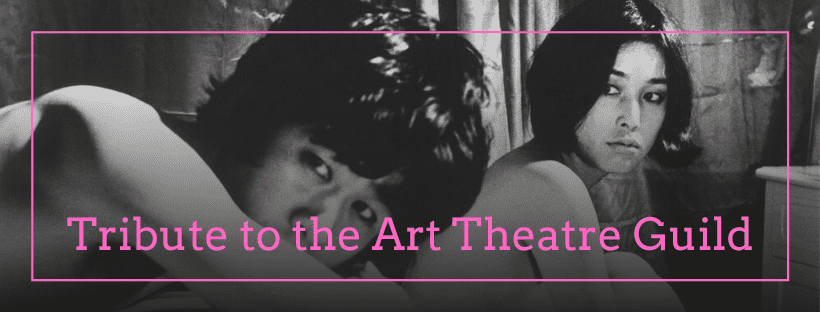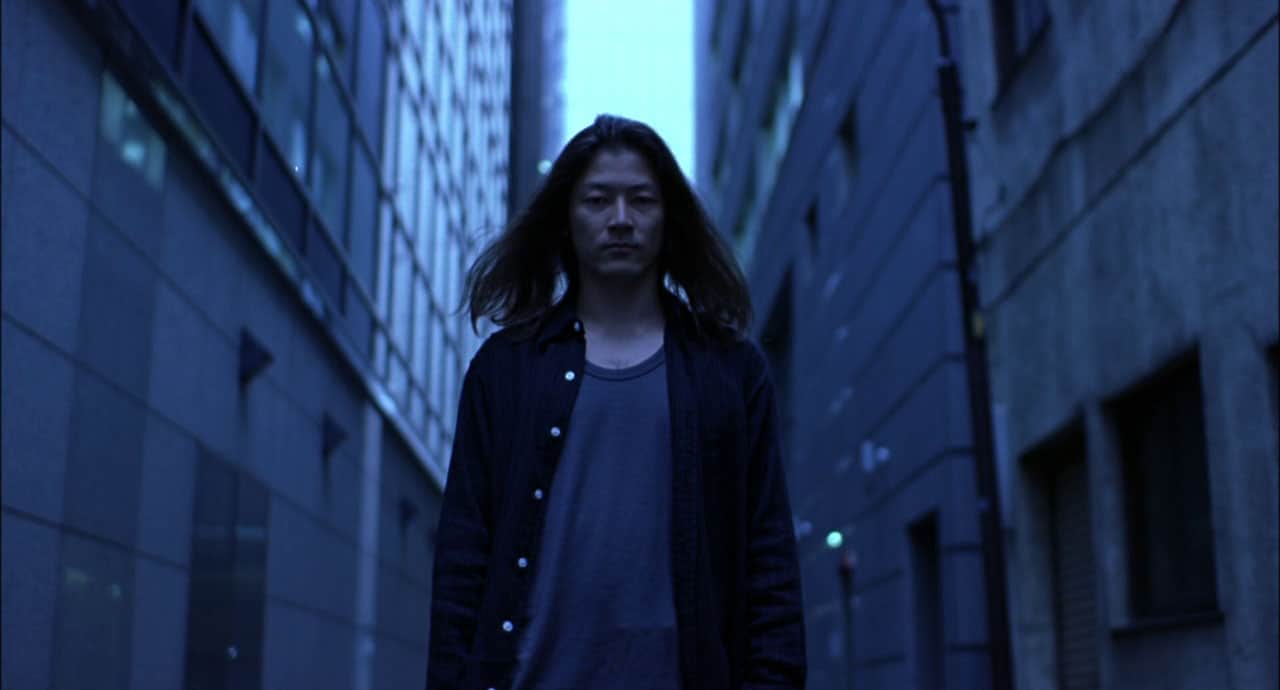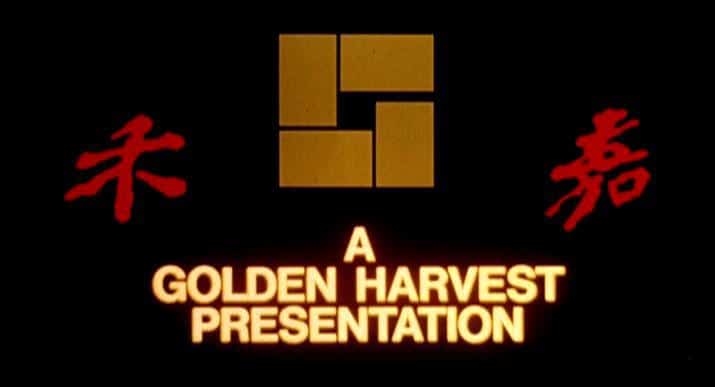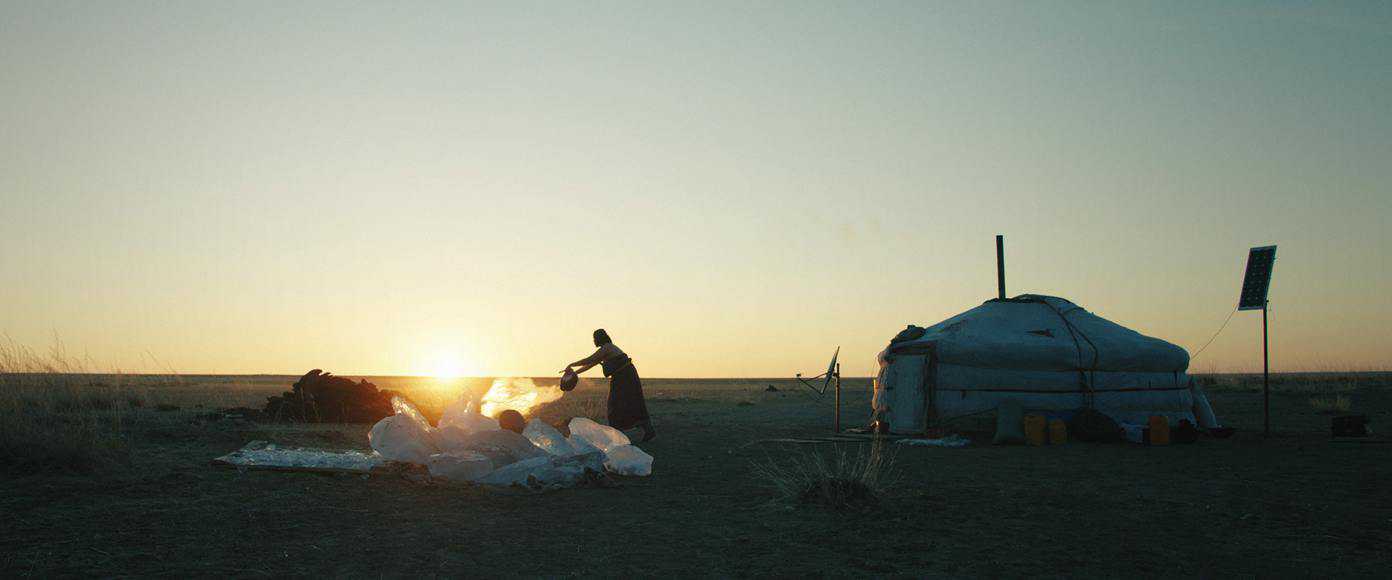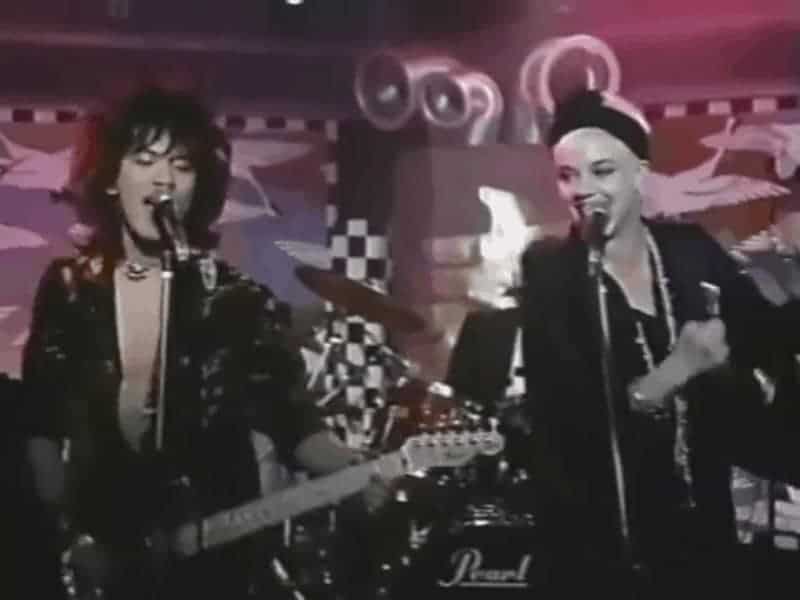Perhaps best known to Western audiences for his films “Death by Hanging”, the erotic “In the Realm of the Senses” as well as the war film “Merry Christmas, Mr. Lawrence” which stars David Bowie, Nagisa Oshima's 1969 drama “Boy” is maybe the Japanese director's most approachable and straightforward work.
In 1966, a family of con artists are desperately trying to make ends meet. The father, Takeo (Fumio Watanabe), is a diabetic war veteran who routinely abuses his spouse, Takeko (Akiko Koyama), and his son Toshio (Tetsuo Abe), the child from a previous marriage. To earn money, he makes Takeko throw herself into traffic and fake injuries in hopes of extorting money from hapless drivers. When she becomes pregnant, however, he recruits Toshio to assume her role. Things go well at first until the boy is eventually caught, forcing the family to pack up and hurriedly move across the country.
Faced with increased abuse from his father and his emotionally demanding stepmother, Toshio looks for ways to escape his miserable day-to-day existence. He finds refuge in make-believe sci-fi stories he shares with his little brother (Takeshi Kinoshota), imagining himself as a cosmic avenger, as well riding trains alone, pretending to run away for good. As their scams continue, the family's existence is threatened when the little brother unwittingly causes a fatal car crash.
Compared to the formal and thematic radicalism of Oshima's previous films, “Boy” delves into traditionally humanist territory in a more narratively straightforward manner, more akin to the works of Akira Kurosawa or Yasujiro Ozu than the avant-garde films of the Japanese New Wave in both form and content. Films like “Death by Hanging” explore structural issues in Japan through Brechtian techniques, similar to Masahiro Shinoda's “Double Suicide”, an experimental take on the traditional puppet play “The Love Suicides at Amijima”, while “Boy”‘s comparatively grounded approach is more reminiscent of the countries' formally controlled cinematic tradition. Outwardly less concerned with Japan's broader societal problems, the film nonetheless paints an unflattering picture of Japanese society halfway through the turbulent 1960's. World War II still casts a long shadow, as seen in the film's opening scenes where a solitary, lonely Toshio plays rock, paper, scissors and hide and seek with an imaginary friend, a massive war memorial towering over him in the frame. Like “Death by Hanging”, “Boy” was based on events reported in Japanese media at the time and in spite of first impressions, it does in fact utilize a few unconventional devices which draw the audience's attention towards itself as a film merely inspired by reality, straddling the line between truth and fiction but ultimately artificial. Throughout, the cinematography changes from color to color-tinted black and white between scenes and Oshima splices documentary-style news reports into the narrative, further expanding on the very real and unpleasant social context the story takes place in while also sometimes foregrounding Toshio's inner life via voiceover narration.
The performances are incredible, especially Tetsuo Abe who embodies childhood confusion and loneliness with surprising depth, by turns outwardly curious and detachedly introverted, fleeing into fantasy with child-like innocence one moment and facing the world with a jaded disdain the next. Akiko Koyama's Takeko shines similarly bright, imbued with a weary vulnerability, she is easily the most intriguing character of the film. Adopted by foster parents as a child, she started a family only to abandon them once she met Takeo. Desperate for the affection of her husband and love of her stepson, every decision in every moment seems informed by a sharp, deep-seated pain going back to a childhood racked by feelings of abandonment. Even Takeo, the lazy, bitter veteran is fascinating in his complete and utter disloyalty and cowardice, begging the question if it really were the atrocities of war that made him into the violently abusive patriarch he is.
The film is shot beautifully by Yasuhiro Yoshioka and Seizo Sengen, and its vibrant color palette is mesmerizing, as are the shots tinted with mysterious shades of blue and sepia. By positioning his players and framing the shots in the deliberate way he does, Oshima manages to both situate his characters as marginal (by relegating them to the margins of the screen) and highlight their turmoil by sparingly making use of close-up shots, significantly heightening their emotional impact in the process.
“Boy” is a somber reflection on innocence lost, the story of a boy slowly and prematurely being thrown into the horrifying world of adulthood. Its melancholy portrayal of a childhood disrupted by abuse, neglect and nomadic instability is a challenging watch, especially whenever the director appears to indicate that Toshio might not be able to break the abusive cycle he has been trapped in for most of his life. As the film goes on, a hardness slowly begins taking over his mannerisms, worlds removed from the innocent, daydreamy child we first meet. It's a harsh indictment of the conditions that twist young kids into hardened youths and eventually violent adults but Ōshima never stoops to sentimentalism, instead capturing this cruel reality with a keen and empathetic eye. An absolutely masterful slice of 60's Japanese cinema.



